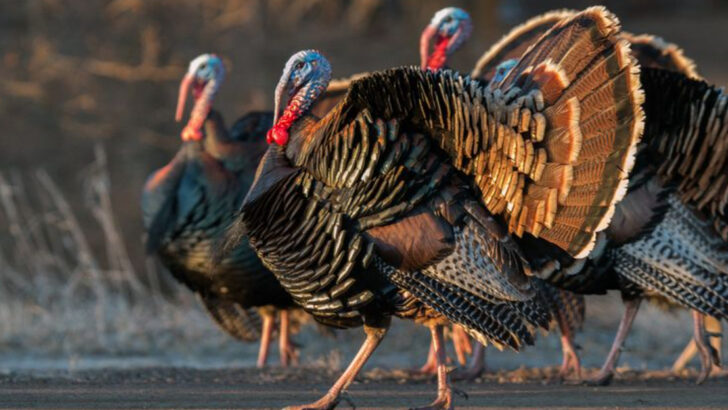America is home to some of the most awe-inspiring creatures on the planet. From towering giants to animals that seem to defy the laws of nature, these iconic species will make you stop and stare.
These animals aren’t just big, they’re legends. They command attention with their sheer presence, powerful instincts, and unique beauty. Whether they’re roaming the wilderness or taking to the skies, they captivate the imagination.
Some are so deeply tied to America’s identity, they might as well be symbols of freedom itself. Others are rare wonders that leave the rest of the world in awe of what this vast land has to offer.
Ready to discover what makes America’s wildlife so unforgettable? Let’s dive into the animal kingdom’s true rockstars.
Bald Eagle

The bald eagle, a symbol of American freedom, boasts a striking white head and tail that contrast dramatically with its dark brown body. Its piercing yellow eyes and hooked beak are perfect for spotting and catching fish. These birds are often seen gliding effortlessly through the sky, riding thermal currents with grace. Their nests, known as eyries, are massive structures perched high on sturdy trees. Watching a bald eagle soar is a breathtaking experience, embodying both power and majesty. They remind us of the awe-inspiring beauty and resilience of nature.
American Bison

The American bison, often mistakenly called a buffalo, is the largest land mammal in North America. With its shaggy mane and towering hump, it is an emblem of the Great Plains. Bison were once on the brink of extinction, but conservation efforts have helped their numbers rebound. Known for their adaptability, they thrive in various climates and terrains. Bison graze the grasslands, their presence maintaining the ecosystem’s delicate balance. Watching a herd of bison roam freely is a reminder of America’s wild past and the enduring spirit of its wildlife.
Grizzly Bear
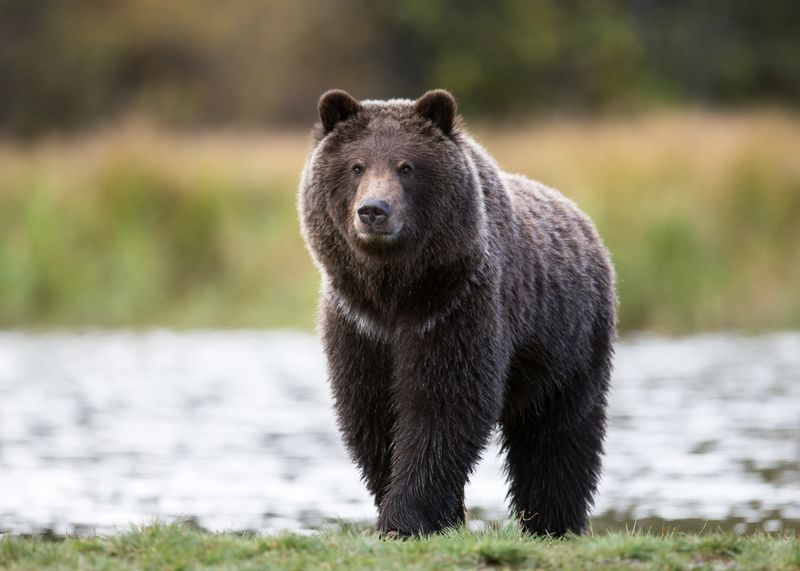
Grizzly bears are formidable predators, known for their incredible strength and agility. They roam the forests and mountains of North America, hunting and foraging with remarkable skill. These bears are often seen fishing for salmon, deftly swiping the fish from the water. Grizzlies are solitary animals, fiercely territorial and protective of their cubs. Despite their fearsome reputation, they play a crucial role in their ecosystem. By dispersing seeds and aerating the soil, they contribute to the health of the forest. Grizzly bears are a testament to nature’s raw power and balance.
Grey Wolf
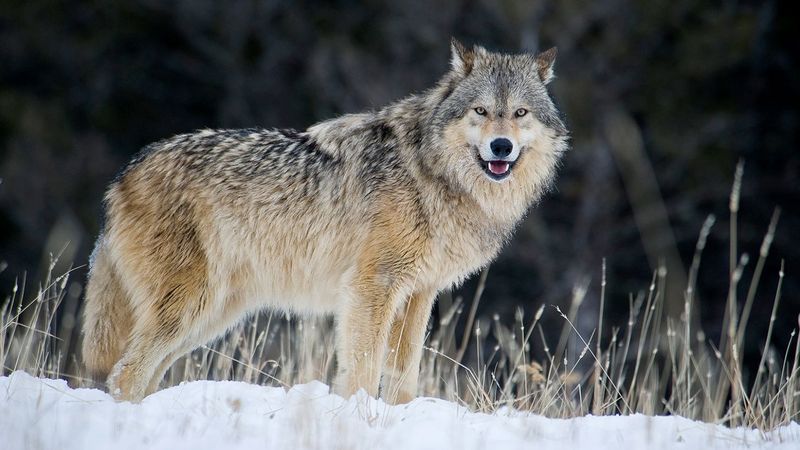
Grey wolves, with their haunting howls, are the ancestors of our domestic dogs. These intelligent and social animals live in packs, relying on teamwork for hunting. Wolves roam across vast territories, from forests to tundras, adapting to diverse environments. Their presence is vital for maintaining the balance of their ecosystems, keeping prey populations in check. Grey wolves communicate through body language and vocalizations, forming strong familial bonds. Observing a wolf pack in the wild reveals a complex social structure. Their resilience and adaptability continue to fascinate and inspire.
American Alligator
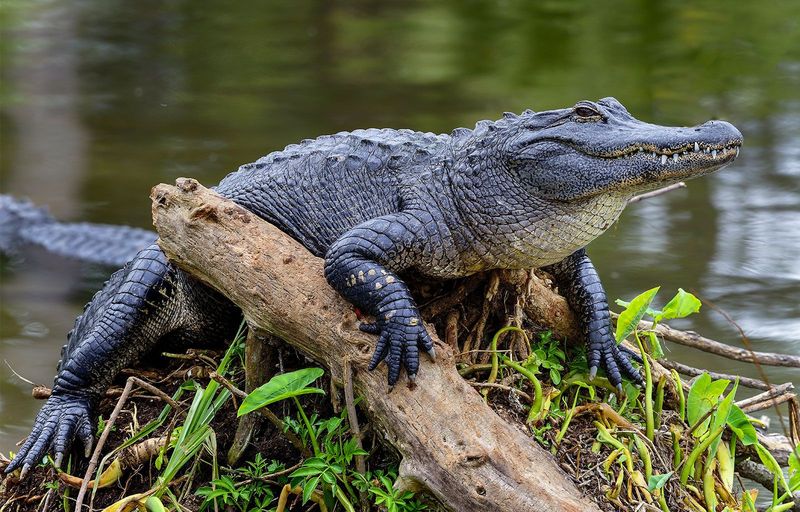
The American alligator, a modern-day dinosaur, inhabits the southeastern United States. With its armored body and powerful jaws, it is an apex predator in its environment. Alligators are often seen lounging in the sun, their eyes ever watchful. They play a critical role in their ecosystem by controlling prey populations and creating habitats for other species. Alligators are also known for their unique vocalizations, from bellowing roars to gentle grunts. Observing these ancient reptiles in their natural habitat offers a glimpse into a world where survival is paramount.
Cougar (Mountain Lion)
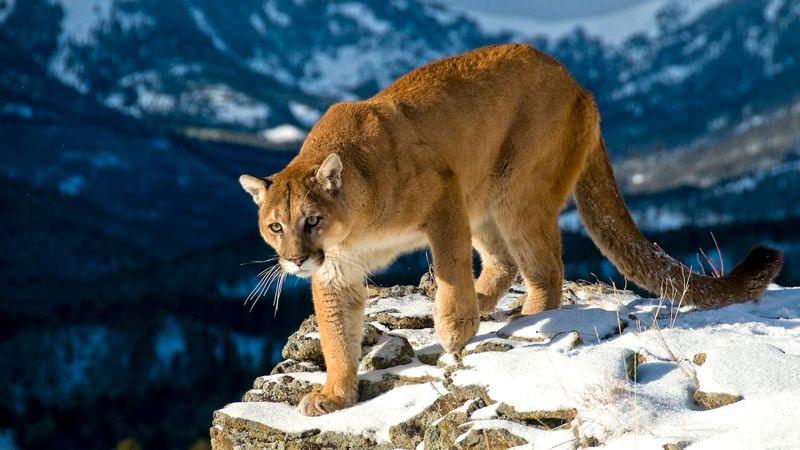
The cougar, or mountain lion, is a solitary and elusive predator of the Americas. With its sleek, tawny coat and powerful build, it is an expert hunter. Cougars have a wide range, from forests to deserts, showcasing their incredible adaptability. They prefer to ambush their prey, using stealth and agility to their advantage. These cats are known for their ability to leap great distances, a testament to their strength and grace. Observing a cougar in the wild is a rare and thrilling experience, a reminder of the untamed beauty of nature.
Prairie Dog

Prairie dogs are social rodents known for their intricate underground burrows. These small creatures inhabit the grasslands of North America, creating communities called “towns.” Prairie dogs are highly social, communicating through a series of chirps and whistles. Their presence is crucial, as their burrows provide habitats for many other species. They are also vital in maintaining the ecological balance of the prairie. Observing a prairie dog town is a delightful experience, as these lively animals engage in playful antics. Their resilience and cooperative nature are key to their survival.
Moose
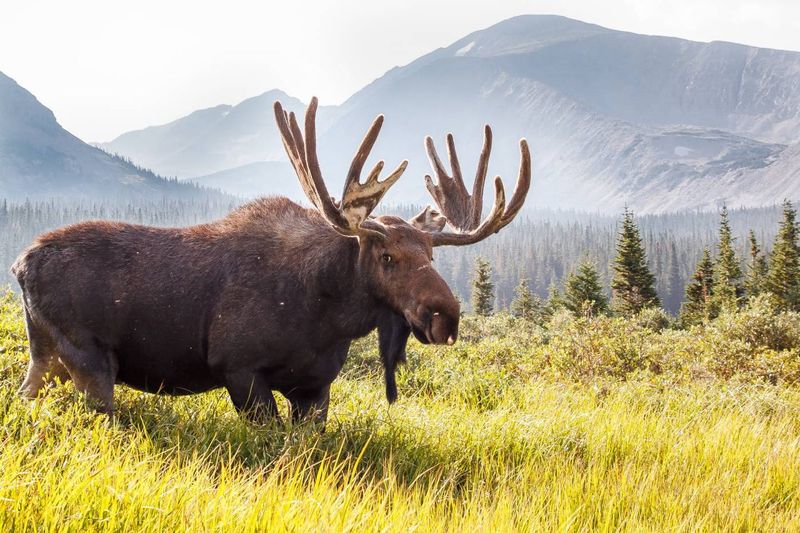
Moose are the largest members of the deer family, known for their impressive antlers and solitary nature. Found in the northern regions of North America, they thrive in forests and wetlands. Moose are excellent swimmers, often seen crossing lakes and rivers in search of food. Their diet consists mainly of leaves, bark, and aquatic plants. Despite their size, moose are surprisingly agile, navigating dense forests with ease. Observing a moose in the wild is a humbling experience, as these giants move with quiet grace. They embody the rugged beauty of the wilderness.
American Black Bear
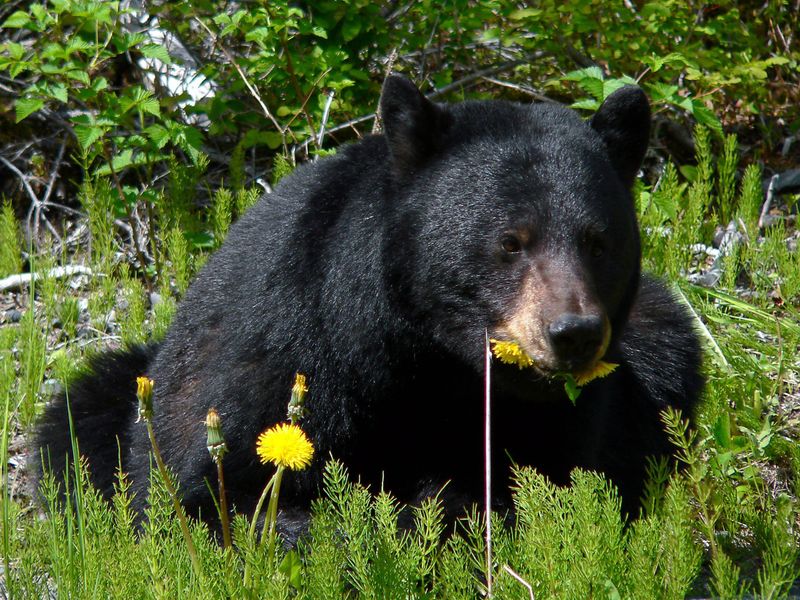
American black bears are versatile omnivores, found in a variety of habitats across North America. They are intelligent and curious, with a diet ranging from berries to fish. Black bears are skilled climbers, often seen scaling trees with surprising agility. Their adaptable nature allows them to thrive in changing environments. During the fall, they fatten up in preparation for hibernation, a period of deep sleep that sustains them through the winter. Observing a black bear in the wild reveals a creature both playful and resourceful, a true survivor of the forest.
Coyote
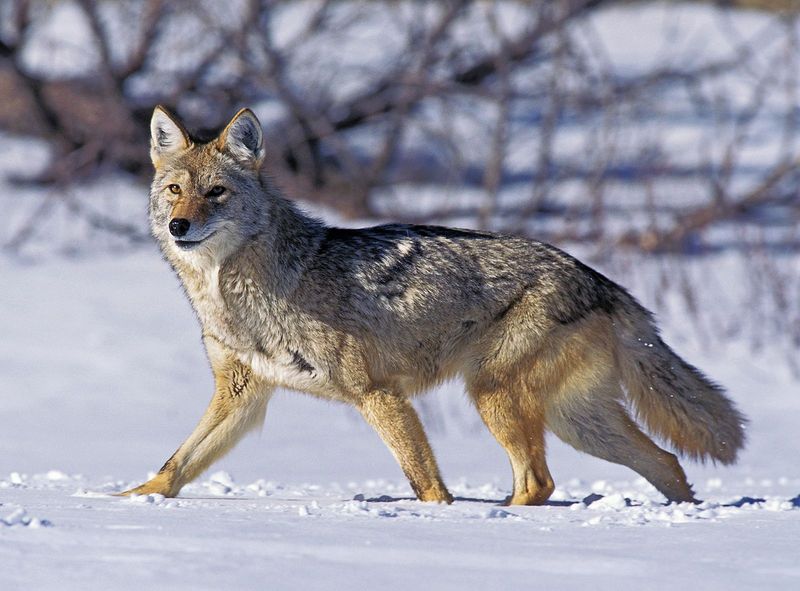
Coyotes are highly adaptable canines found throughout North America. These clever and resourceful animals thrive in diverse environments, from forests to urban areas. Coyotes are opportunistic hunters, feeding on small mammals, birds, and even fruits. Known for their distinctive yipping and howling, they communicate with complex vocalizations. Coyotes play a crucial role in their ecosystem by controlling rodent populations. Observing a coyote in the wild is a reminder of nature’s resilience and adaptability. Their ability to survive and thrive in both wilderness and urban settings is truly remarkable.
Elk

Elk are magnificent members of the deer family, known for their impressive antlers and bugling calls. These animals inhabit the forests and grasslands of North America. During the fall, male elk engage in dramatic displays of strength and dominance, clashing antlers in the rutting season. Elk are social creatures, often seen in large herds led by a dominant male. Their presence is vital for maintaining the health of their ecosystems. Observing an elk herd in the wild is a powerful experience, a glimpse into the complex social structure of these majestic creatures.
Raccoon
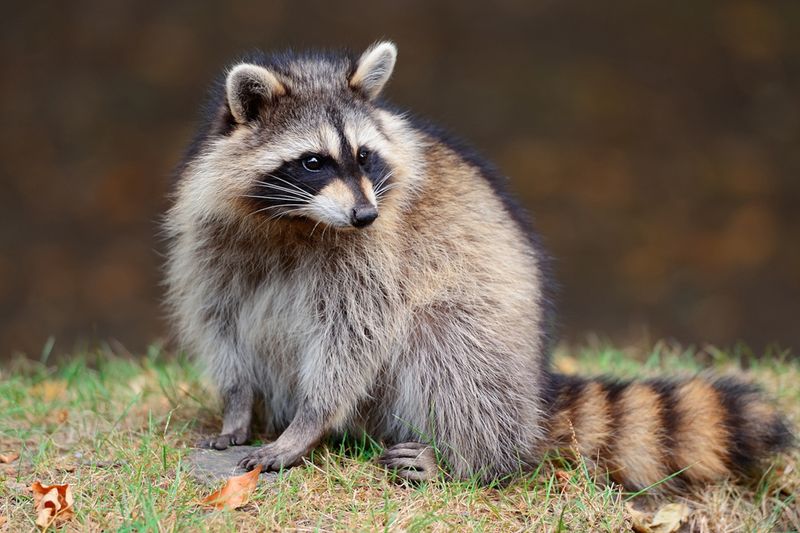
Raccoons are known for their distinctive masked faces and ringed tails. These nocturnal creatures are highly adaptable, found in a wide range of habitats from forests to urban areas. Raccoons are intelligent foragers, often seen scavenging for food in trash cans and campsites. Their dexterous front paws are adept at handling various objects, allowing them to manipulate their environment. Raccoons play a role in controlling insect and rodent populations, contributing to ecosystem balance. Observing a raccoon in action is a fascinating glimpse into the life of a resourceful survivor.
American Beaver
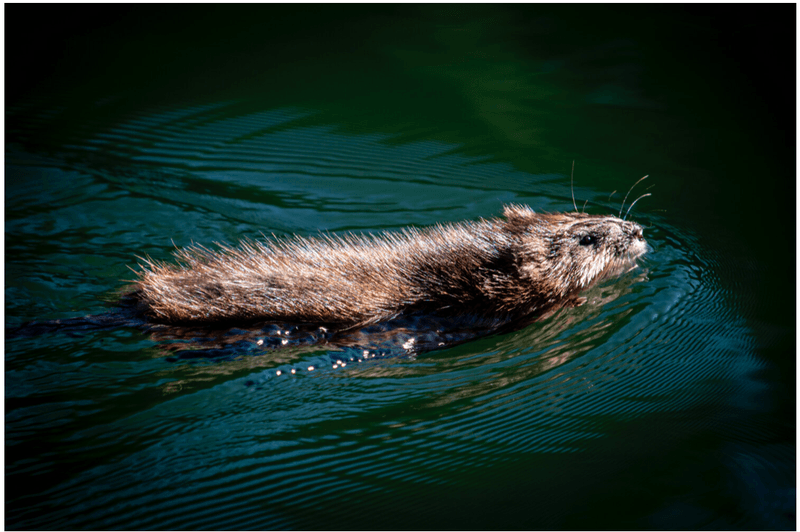
The American beaver is a remarkable engineer, known for building dams and lodges that transform landscapes. These industrious rodents are vital to their ecosystems, creating wetlands that support diverse wildlife. Beavers use their strong teeth to fell trees and gather branches, constructing intricate structures that alter water flow. Their dams help maintain water levels, preventing droughts and providing habitats for other species. Observing a beaver at work is a testament to nature’s ingenuity and the interconnectedness of life. These creatures remind us of the delicate balance in natural environments.
California Condor
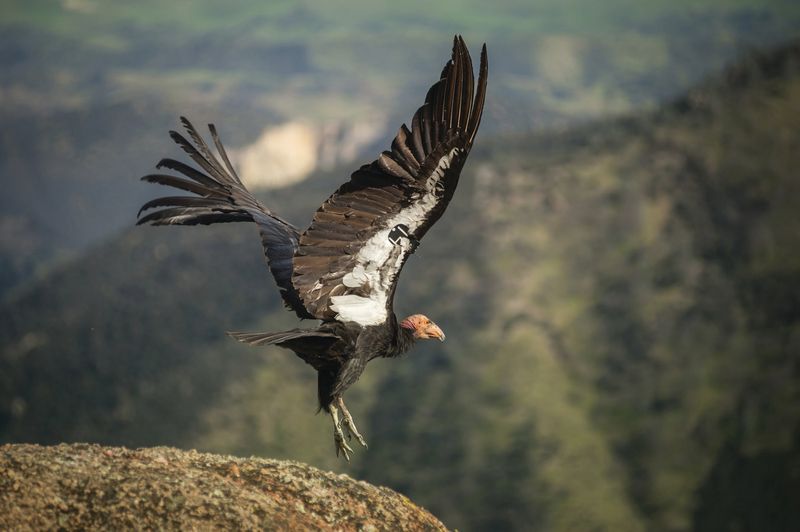
The California condor is a symbol of hope and resilience, having been brought back from the brink of extinction. With a wingspan of nearly 10 feet, these birds are among the largest flying birds in the world. Condors soar gracefully over the canyons of the American West, riding thermal currents with ease. They are scavengers, playing a crucial role in their ecosystem by cleaning up carrion. Observing a California condor in flight is a majestic sight, a reminder of successful conservation efforts. These birds inspire hope for a future where wildlife thrives.
North American River Otter

North American river otters are playful and agile creatures, known for their love of water. Found in rivers, lakes, and coastal areas, they are expert swimmers, using their webbed feet and streamlined bodies to navigate the water with ease. Otters are social animals, often seen playing and sliding in the mud. Their playful behavior is not just for fun; it strengthens social bonds and hones hunting skills. River otters play a role in maintaining the health of aquatic ecosystems, preying on fish and invertebrates. Observing otters in the wild is a joyful experience.
Wild Turkey

The wild turkey, with its iridescent feathers and fan-like tail, is a symbol of North American wildlife. Turkeys are ground-dwelling birds, often seen foraging in flocks in forests and fields. Males, known as toms, perform elaborate courtship displays, puffing out their feathers and gobbling to attract mates. Turkeys are highly adaptable, thriving in diverse habitats. Their keen senses and strong legs aid in their survival, allowing them to detect predators and escape swiftly. Observing a wild turkey in its natural habitat is an opportunity to appreciate the beauty and behavior of these fascinating birds.
Caribou
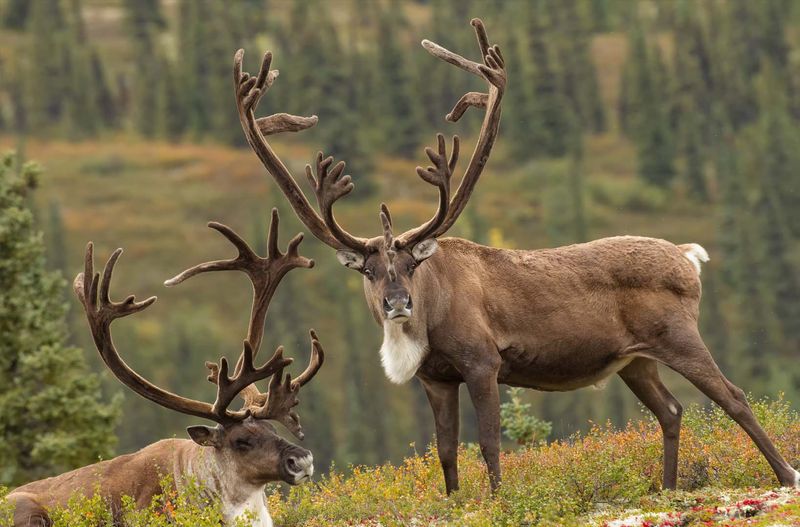
Caribou, also known as reindeer, are iconic animals of the Arctic regions. These resilient creatures are known for their long migrations, traveling vast distances in search of food. Caribou have specially adapted hooves that allow them to traverse snow and soft ground with ease. Their antlers, present in both males and females, are used for foraging and defense. Caribou play a vital role in their ecosystem, influencing vegetation patterns and providing food for predators. Observing a caribou migration is a spectacular sight, a reminder of the breathtaking cycles of nature.
Red Fox

The red fox is a symbol of cunning and adaptability, thriving in diverse environments across North America. With its striking red coat and bushy tail, it is a familiar sight in fields, forests, and even urban areas. Foxes are skilled hunters, preying on rodents, birds, and insects. Their keen senses and stealthy movements make them effective predators. Foxes are also known for their playful behavior, often seen engaging in games with their young. Observing a red fox in the wild is a delightful experience, showcasing the intelligence and charm of this remarkable animal.
American Marten
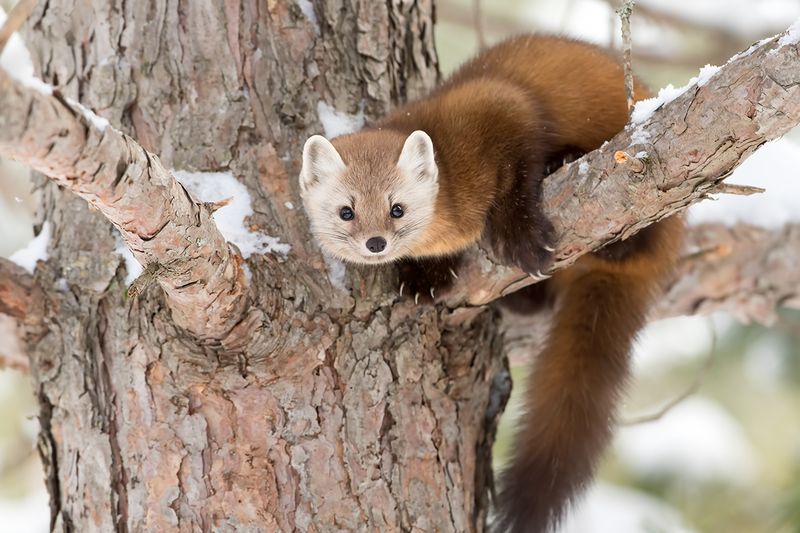
The American marten is a small, agile mammal of the weasel family, found in the northern forests of North America. Its slender body and bushy tail help it navigate the treetops with ease. Martens are solitary hunters, preying on small mammals, birds, and insects. They are also known for their playful antics, often seen chasing each other through the underbrush. Martens play a role in controlling rodent populations, contributing to the balance of their ecosystem. Observing a marten in the wild is a rare treat, offering a glimpse into the secretive world of these fascinating creatures.
Great Horned Owl
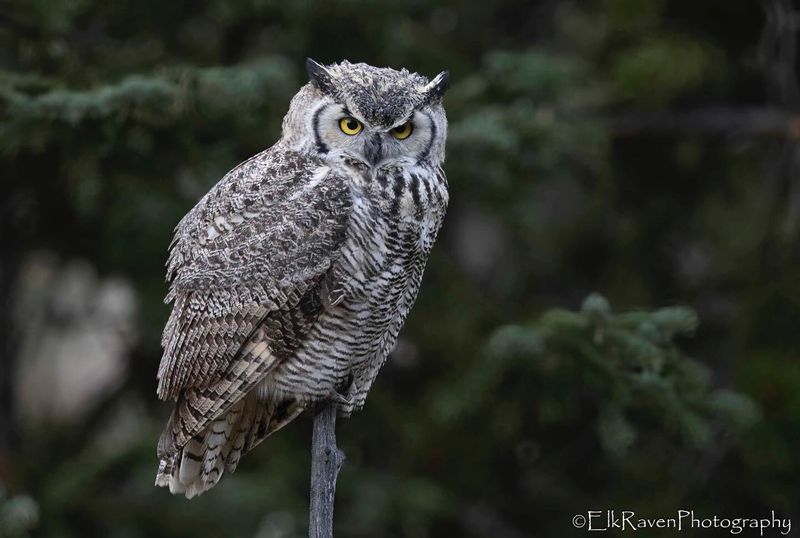
The great horned owl, with its distinctive tufts and piercing gaze, is a formidable predator of the night. Found throughout the Americas, these owls are known for their adaptability and hunting prowess. Their powerful talons and silent flight make them effective hunters, preying on mammals, birds, and reptiles. Great horned owls are solitary creatures, often heard hooting in the darkness. Their haunting calls serve as a reminder of the mysteries that unfold in the night. Observing an owl in its natural habitat is a thrilling experience, revealing the secrets of the nocturnal world.
Snowy Owl

Snowy owls are majestic birds of the Arctic, known for their striking white plumage and piercing yellow eyes. These owls are nomadic, often migrating south in search of food during harsh winters. Snowy owls are diurnal hunters, preying on small mammals and birds. Their keen eyesight and silent flight make them effective predators. Observing a snowy owl in the wild is a rare and magical experience, as these elusive birds blend seamlessly with their wintery surroundings. They serve as a reminder of the wonder and beauty found in the frozen landscapes of the world.
American Alligator
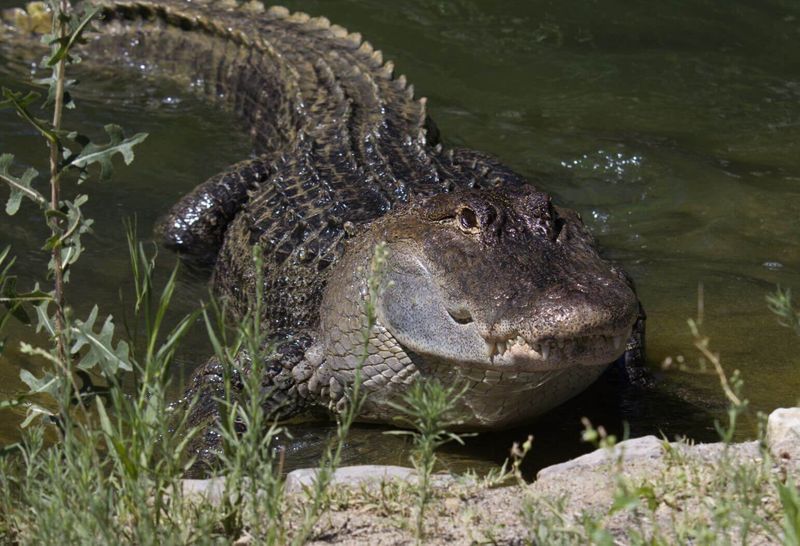
The American alligator, a modern-day dinosaur, inhabits the southeastern United States. With its armored body and powerful jaws, it is an apex predator in its environment. Alligators are often seen lounging in the sun, their eyes ever watchful. They play a critical role in their ecosystem by controlling prey populations and creating habitats for other species. Alligators are also known for their unique vocalizations, from bellowing roars to gentle grunts. Observing these ancient reptiles in their natural habitat offers a glimpse into a world where survival is paramount.
Axolotl
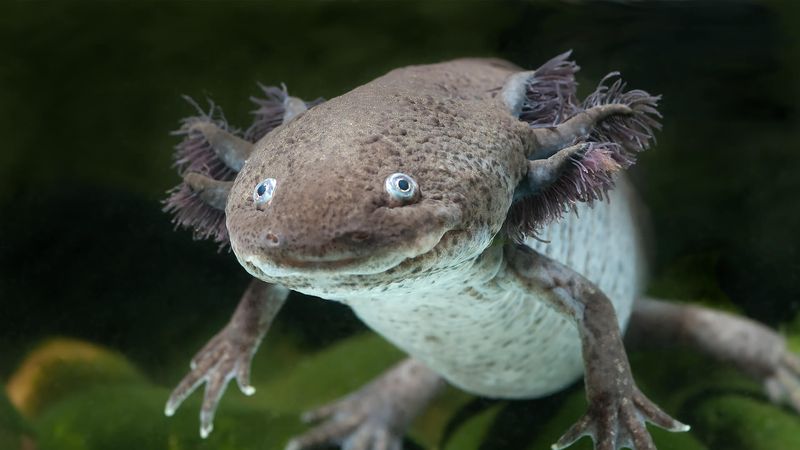
The axolotl, a fascinating aquatic salamander, captivates with its unique ability to regenerate limbs, spinal cords, and even parts of its brain. Found natively in the lakes of Mexico City, this creature often defies the norm by retaining its juvenile features throughout its life, a condition known as neoteny.
Its vivid colors and frilly gills make it a visual marvel in any freshwater habitat. Despite its extraordinary traits, the axolotl is critically endangered, largely due to habitat destruction and pollution. Conservation efforts are crucial to ensure the survival of this enchanting amphibian.

